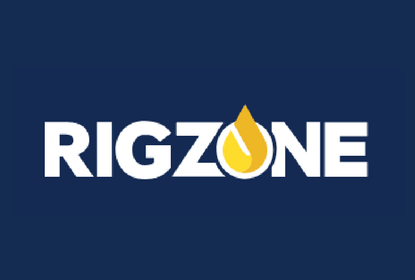
We conducted a study of 4,643 publicly traded companies spanning 1994-2010 representing a large variety of firms from the Russell 3000.[2] We examined activities that firms undertook that affected their customers and employees. We wanted to examine if firms create more long-term shareholder value by being customer-focused or by being employee-focused. Our findings were surprising.
- Customer-focused achievements by firms created long-term shareholder value. On the other hand, employee-focused achievements, by themselves, did not create long-term shareholder value.
- The highest long-term shareholder value is created when firms have both customer-related achievements and employee-related achievements.
- This effect is stronger for narrow-scope firms (for example, firms competing in fewer business segments) than for broad-scope firms (for example, firms competing in multiple segments).
Our findings suggest that investors, when interpreting a firm’s activities toward its key stakeholders — customers and employees — are seeking consistent signals. Long-term shareholder value is created only if firms consistently treat both customers and employees well. What does this mean for oilfield services companies?
Don’t forget the foundation of competitive advantage. Customer needs in this sector have evolved from being solely product-focused to being service-oriented. The value drivers increasingly reside in a consultative sales process, after-sales service and lowering total project costs. While technology and product superiority continue to play a role in this, a larger and larger role is being played by employees. Service, after all, is based in people. Unfortunately, when a large number of employees are let go, the knowledge — technical, administrative, relational — residing in the employees is also lost. This loss not only depletes the company’s short-positioning but also hurts the firm’s competitive advantage.
Avoid mistakes of the 1980s oil-price crisis. The impact of the 1980s oil-price crisis on the oil industry lasted long after the crisis was over. During the crisis, firms stopped hiring and laid off employees, many of whom took jobs in other industries. This resulted in a generational gap in the talent pool of the energy sector. Inevitably, in the following upturn, companies had a mad scramble to fill their employee ranks. Our conversations with CEOs and talent managers suggest that companies are taking a smarter approach this time. Rather than making blanket reductions in workforce, many companies are taking a surgical approach. Spinoffs, carve outs and unit sales — relative to layoffs — may better preserve talented employees, which allow the major players to acquire and recombine physical assets, intangible assets and human talent when time gets better.
Address the employee-engagement gap. As we have seen in the recent crisis of the airline industry, employees were laid off and even lost their pensions when the firms fell on hard times; when the industry finally turned around, top executives were handsomely rewarded, though corresponding gains did not occur for the laid-off employees. This created a perception that employees did not share the gains with top executives as much as they shared the pain. When this happens, both current and former employees feel less engaged with the companies. Further, it can tarnish the industry’s image in the eyes of potential employees — the young college graduates. They are less likely to engage with an industry that they perceive to be beset with perennial booms and busts.
Oilfield services firms need to address this issue, first by recognizing that employees are a critical stakeholder, and not an expense. Pay is only part of the value that firms can create for employees. The bigger payoff can be from stability, meaningful engagement and pride of work, according to recent research. Our research shows that investors respond to firms’ treatment of their employees (and customers). Sustainable competitive advantage and accordingly long-term shareholder value can be created only if firms value both customers and employees as critical stakeholders.
As one astute CEO told us in private, “(The) energy industry is essentially a cyclical industry, and we need to understand that from a long-term strategy perspective.” A key understanding for oilfield services firms resides in better managing their employees vis-a-vis industry cyclicality. Unbridled expansion without cost consciousness in booming times and massive layoffs in downturns do not seem to be the answers. Firms should apply an evidence-based and scientific approach to strategic decisions regarding employees. It is critical to ensure continued employee engagement — among current, former and potential employees — as the industry becomes even more dependent on employees for satisfying its customer needs.
Authors: Vikas Mittal, the J. Hugh Liedtke Professor of Marketing at Rice University’s Jones Graduate School of Business in Houston, Yan “Anthea” Zhang, Fayez Sarofim Vanguard Professor of Strategic Management, and Christopher Groening, assistant professor at Kent State University’s College of Business Administration.
[1] http://fuelfix.com/blog/2015/07/28/nov-courting-competitors-amid-downturn/ NOV courting competitors amid downturn, by Robert Grattan, Posted on July 28th, 2015. [2] Groening, Christopher and Mittal, Vikas and Zhang, Yan, Cross-Validation of Customer and Employee Signals and Firm Valuation (April 25, 2015). Journal of Marketing Research, Forthcoming. Available at SSRN: http://ssrn.com/abstract=2623204

